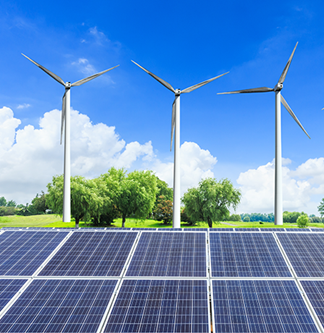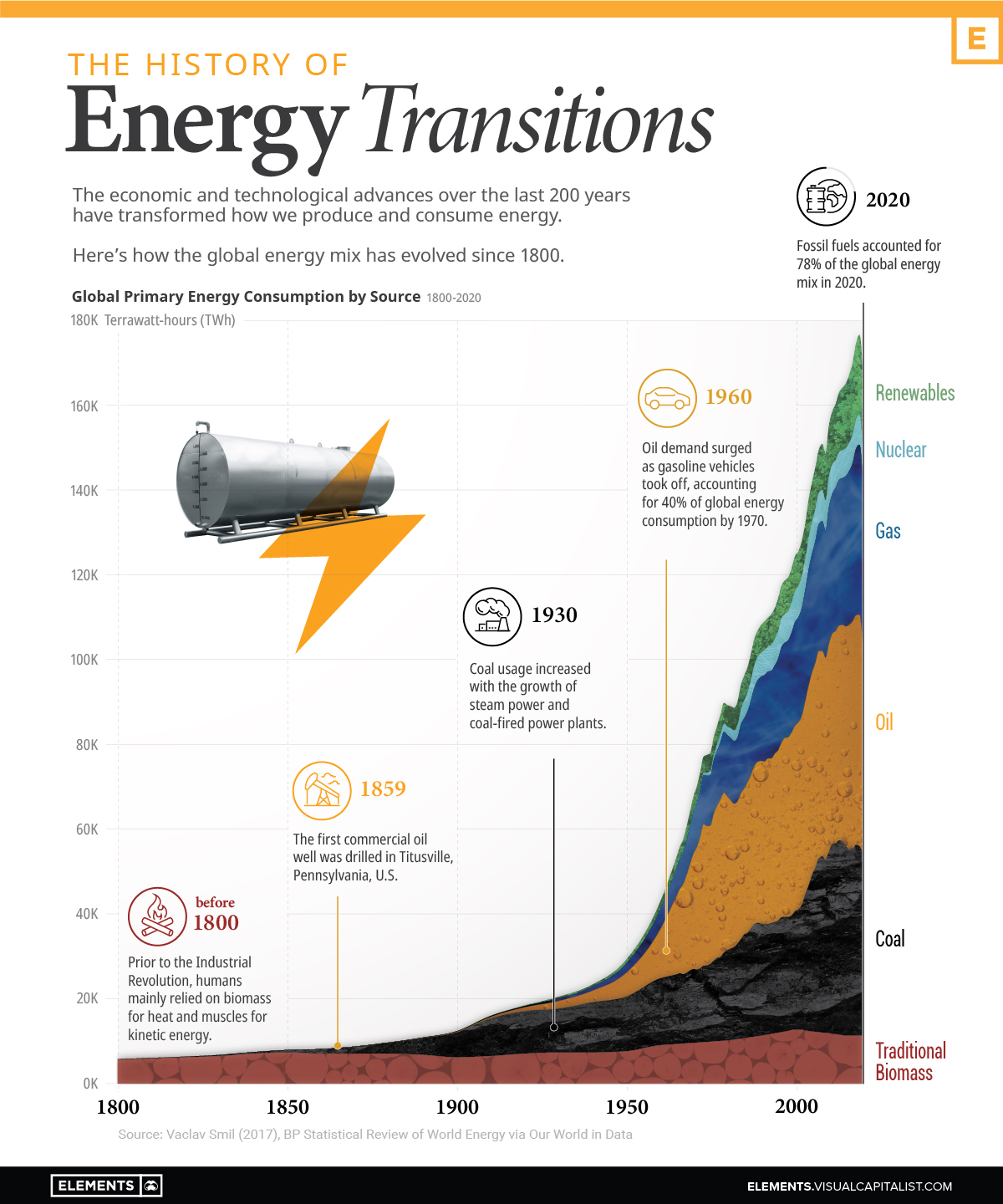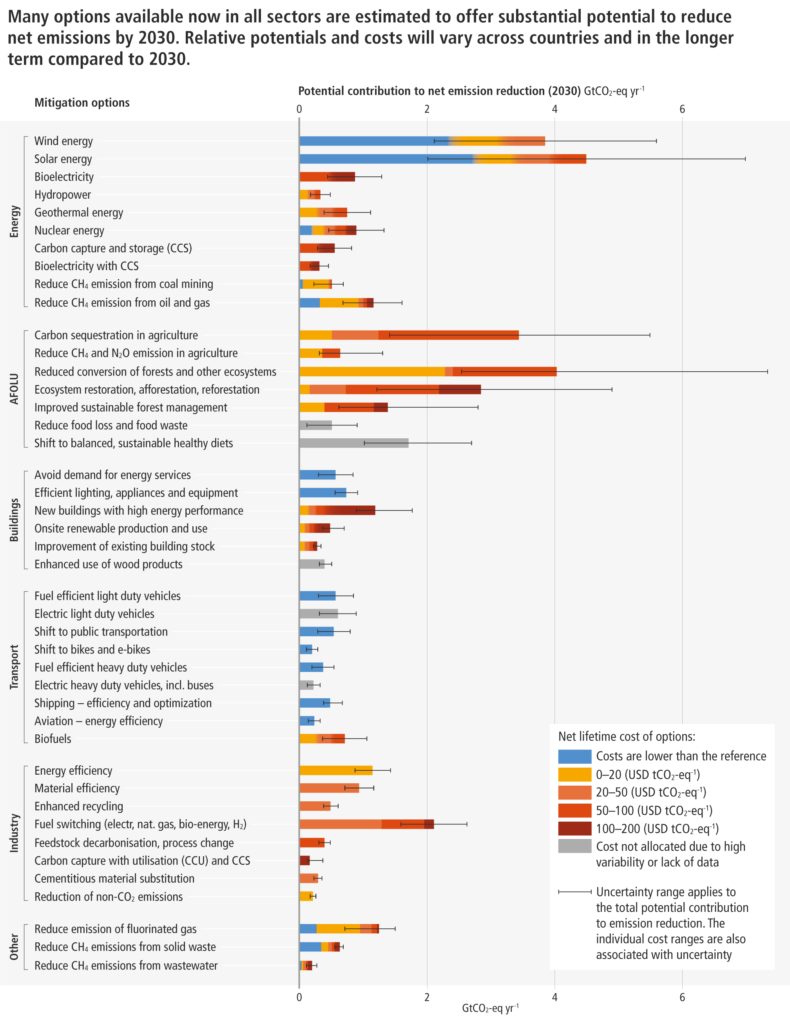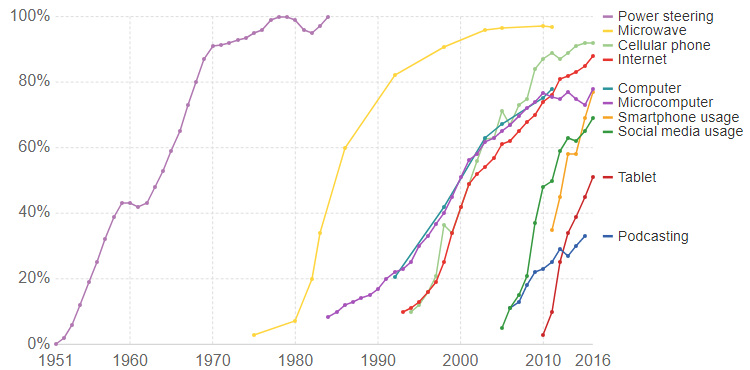Now Versus Never: Changing Our Fossilized Ways

A Call to Action
Energy Transformation, not just Transition, is needed NOW! The Industrial Age was powered by wood, then coal and then oil and gas. But with our world on fire, suffering the effects of a changing climate, we simply must reduce emissions more quickly. Our modern times require greater energy conservation, efficiency, innovation, and big next steps into wind, sun and energy storage. Fast, agile change is needed that is comprehensive in scope, global in scale, rapid in implementation speed, unified in focus and driven by a heightened sense of urgency.
This thundering “call to action” is analogous to the rapid, unified response triggered by the Pandemic, in which first responders, healthcare providers, and essential workers mobilized to save lives and keep government and essential businesses operating throughout the pandemic. A digital transformation of businesses and government services was spurred in the face of “shelter in place” and “work from home”. Similarly, the Russian invasion of Ukraine has unified western leaders in sanctioning (partially) Russian commerce, arming Ukrainians, strengthening NATO, and re-examining their own energy and national security policies.
Energy Transformation is a big lift that is urgently needed now so that our children and grandchildren can survive on this planet in 20-25 years.
Reasoning
In the last quarter of a century, global warming has accelerated along with negative climate impacts, including severe drought, raging forest fires, torrential rainstorms, along with tidal waves of rising sea levels and flooding. These climate change related disasters harm/kill people, devastate communities, destroy businesses and property, and generate substantial financial losses.
According to the most recent American Lung Association State of the Air report, 63 million people live in counties that had dangerous levels of deadly particulate matter pollution, from gas-powered vehicles, industrial plants, and wildfires. California has 11 of the top 25 polluted cities.
Heat is the number one weather-related killer in the United States. White House Office of Management and Budget (OMB) released the first ever accounting of how unchecked global warming would impact the economy and budget. Climate change could shrink GDP by as much as 10% by the end of this century, reducing the federal budget by 7%. Costs for government insurance programs and post-disaster aid could be as much as double the current $120 billion a year. (source: https://www.npr.org/2022/04/07/1091258821/the-future-cost-of-climate-inaction-2-trillion-a-year-says-the-government)
As the pandemic demonstrated, global supply chains can be fragile. Given that energy is a fundamental part of nearly every human activity, energy independence, or at least resilience based on diversified forms and sources, has become essential for ensuring supply and price stability.
National security also depends on energy independence to protect citizens as well defend borders, democratic principles (i.e., freedom), and allies.
Disarm despots and their autocratic governments, by imposing the full brunt of market sanctions, including boycotting the purchase of their fossil fuels without fear of suffering a cold winter with no heat or price inflation.
Actions Speak Louder Than Words
The International Panel on Climate Change (IPCC) has issued a series of reports documenting scientific evidence of climate change, the detrimental impacts of climate change on people and planet, and most recently, options for mitigating climate change.
The IPCC April 2022 report outlines possibilities for how humans could stabilize the climate and avoid catastrophic global warming while keeping average global warming to between 1.5°C and 2°C above pre-industrial levels, the targets outlined in the 2015 Paris Agreement. The menu of options span power generation and energy efficiency, transport, buildings, urbanization, agriculture and food security, forestry, consumer choices and much more. All these activities involve some form of energy and urgent action is needed across every dimension of the global landscape, given the need to reduce global emissions by 30-40% between 2025-2030. (Source: https://www.economist.com/science-and-technology/2022/04/09/the-latest-ipcc-report-argues-that-stabilising-the-climate-will-require-fast-action )
The chart below lists a multitude of actions in terms of their impact and costs relative to current alternatives.
Renewable energy (solar and wind) as well carbon capture by trees and man-made carbon sequestering processes, have the biggest potential impact. Governments and businesses should accelerate innovation and adoption in these areas with rapid, transformational program plans, human capital, financial support, tax incentives, and regulations/requirements.
Similarly, there needs to be more concentrated focus on mobilizing/incentivizing greater energy conservation NOW, and FASTER transition, including greener energy sources for transportation and buildings, as well as behavioral changes to conserve energy such as adjusting the thermostat, repairing leaky HVAC ducts, and switching to public transportation or bicycle. David Jaber discusses “ Where do we get the best GHG reduction bang for our buck?” in this article . In addition to conservation, he makes a case for renewable hydrogen technology, changes to fossil fuel subsidies and carbon pricing to spur green retrofits of existing structures, and development of renewable energy storage technologies to enhance energy resilience. This World Economic Forum article identifies five transformative energy innovations to help mitigate climate change–solar canals for power and reducing water transevaporation, geothermal power to boost battery supplies, green hydrogen, powering residences with EVs, more cost efficient direct air capture and carbon storage (sequestering). Improving electric power sector efficiency has the potential to recoup quadrillions of energy BTU lost in electricity production and transmission.
The $1.2 trillion Infrastructure Investment and Jobs Act includes several provisions focused on reducing consumption, increasing efficiency and expanding access to renewable energy sources. The Biden administration is proposing $44.9 billion in the FY2023 federal budget for clean energy investment, infrastructure, and climate resilience. (Source: https://www.npr.org/2022/04/07/1091258821/the-future-cost-of-climate-inaction-2-trillion-a-year-says-the-government)
Reasons for Hope
While there is no question that Energy Transformation is a herculean endeavor, the IPCC report documents nascent energy transition improvements during 2010-2020, including:
- Solar energy costs dropped by 85%
- Wind power costs dropped by 55%
- Electric vehicle market grew 100X
- 24+ countries have consistently cut emissions for at least a decade
- Global energy intensity decreased by 2% per year (amount of energy expended to generate one unit of gdp)
- Global carbon intensity decreased by 0.3% per year (amount of carbon dioxide emitted for each unit of energy)
To meet climate change targets and keep global warming in check, large scale energy transformations are needed in which these improvements in carbon and energy intensity are scaled up ten to twenty-five fold. As the Pandemic has shown, humans can overcome adversity and make colossal transformations quickly with the right level of unified focus, urgency, and zeal. While energy transitions of the past have evolved slowly, it is time to take a page from the digital transformation playbook and accelerate energy transformation to create a brighter future for humanity and the planet.
Related Articles and Resources:
More than 137 million Americans live in areas with poor air quality, report finds
It’s not too late to stave off the climate crisis, U.N. report finds. Here’s how
How much energy powers a good life? Less than you’re using, says a new report
America can’t fix the planet without fixing its government
Russia’s invasion of Ukraine need not hinder climate progress. Here’s why
US Energy Consumption by Source and Sector, 2020
US Energy Information Administration Data


